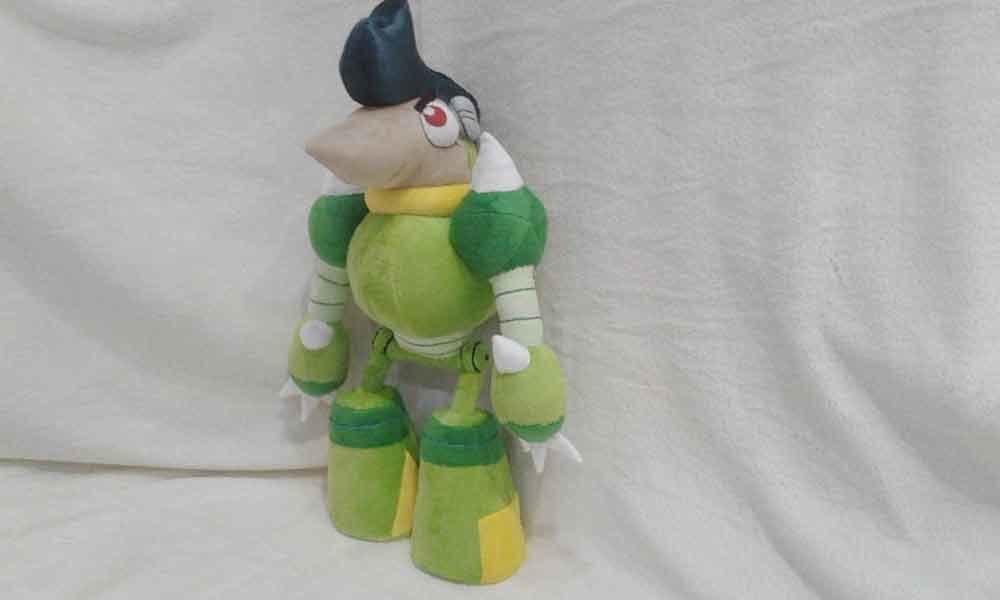Knitting machines used to create robotic plush toys

Scientists have used computationally controlled knitting machines to create robotic plush toys and other knitted objects
Scientists have used computationally controlled knitting machines to create robotic plush toys and other knitted objects, an approach that may be used to cost-effectively make soft robots and wearable technologies.
The researchers created lampshades that change shape, stuffed figures that give hugs when poked in the stomach and even a sweater with a sleeve that moves on its own.
The software developed at Carnegie Mellon University in the US makes it possible for the objects to emerge from the knitting machines in their desired shapes and with tendons already embedded.
They can then be stuffed and the tendons attached to motors, as necessary.
"The idea is to build robots from materials that are inherently safe for people to be near, so it would be very hard to hurt someone.
Actuated soft components would be cheap to produce on commercial knitting machines," said Lea Albaugh, a PhD student who led the research effort.
"We have so many soft objects in our lives and many of them could be made interactive with this technology," she added.
"A garment could be part of your personal information system. Your sweater, for example, might tap you on your shoulder to get your attention. The fabric of a chair might serve as a haptic interface. Backpacks might open themselves," she said.
Commercial knitting machines are well developed and widely used, but generally require painstaking programming for each garment.
Researchers automated the process, making it easier to use these mass production machines to produce customized and one-off designs.
Other researchers have experimented with actuated textile objects, she noted, but have been faced with the time-consuming task of adding tendons to completed items.
Embedding tendons in the materials as they are created saves time and effort, and adds precision to the actuation.














